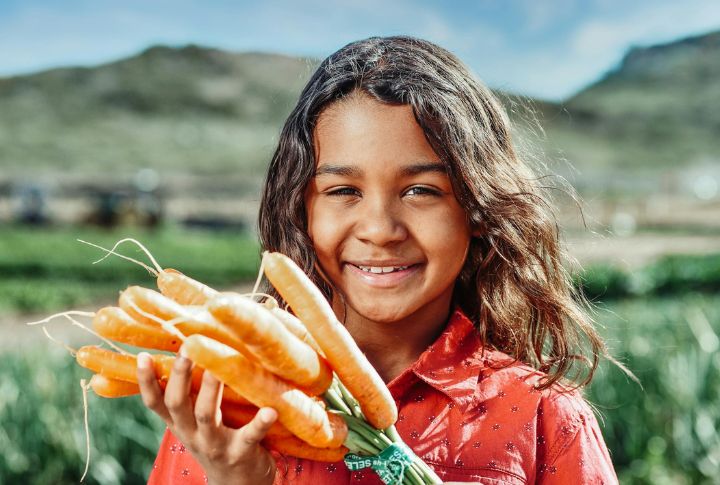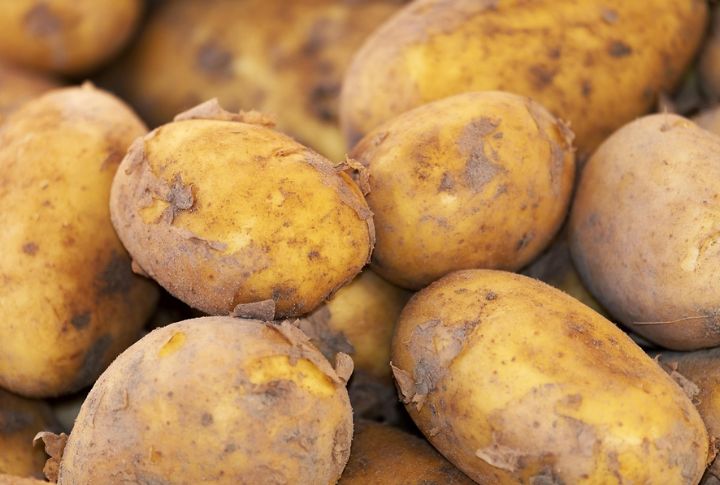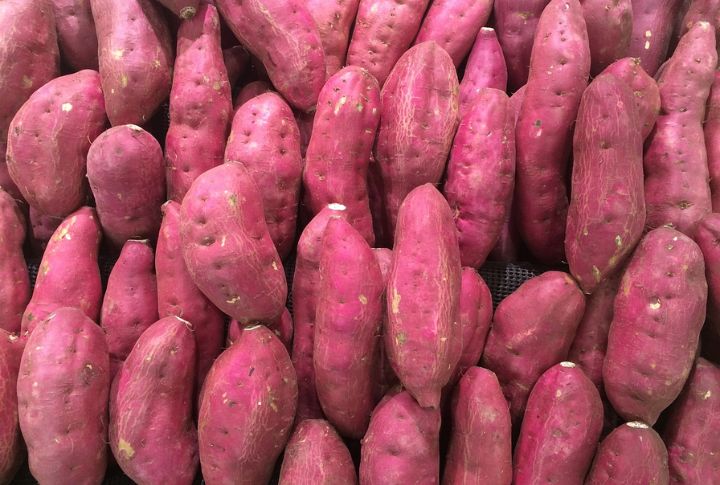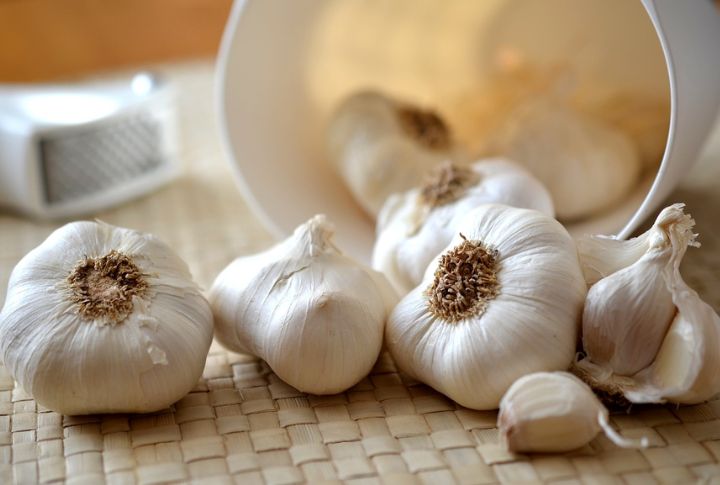
Food security isn’t just about stocking up; it’s more about growing smart. Some crops thrive through droughts, store for months, and contain serious nutrition, making them essential for self-sufficiency. Here’s a list of ten underground staples and space-saving climbers that are resilient homegrown essentials, regardless of season.
Potatoes

Dig deep—potatoes thrive underground, storing nutrients in starchy tubers that fuel survival. First domesticated over 7,000 years ago, they remain a food security powerhouse due to their adaptability and high yield. Grow yours in loose soil, mound them, and enjoy a crop that feeds generations.
Carrots

Carrots were originally produced in various colors, such as purple, white, red, and yellow before the orange variety became dominant. These bright, beta-carotene-rich veggies boost vision and immunity. To grow in two weeks, sow them in well-drained soil and plant them in cooler temperatures if you want them sweeter.
Kale

Cold-hardy and vitamin-rich, kale resists frost like a warrior. It became a ration crop in Britain’s “Dig for Victory” campaign in World War II. This leafy superfood replenishes iron and calcium, making it perfect for self-sufficient diets. Harvest outer leaves first, and let new growth keep your supply rolling.
Beans (Bush Or Pole)

Protein-packed and soil-enriching, beans are a double win for any garden. Pole beans climb to save space, while bush types grow quicker. Native to Mesoamerica and drought-resistant, they store well when dried. Their nitrogen-fixing roots also improve soil health for future crops.
Onions

Fighting infections and storing well for months are just two of the many benefits onions offer. Ancient Egyptians revered them for their healing properties—their remains were found in King Tut’s tomb. Plant in loose soil and harvest when the tops flop over. For a stronger flavor, let bulbs cure in the sunlight for two weeks.
Cabbage

Cabbage grows strong through chilly weather and delivers impressive yields, making it a food security favorite. It’s packed with fiber and nutrients, stores for months in cool spaces, and keeps meals hearty when supplies run low. Sow early and enjoy a dependable harvest in the fall.
Spinach

Spinach definitely earned Popeye’s fame for a reason. It is a fast-growing, iron-rich superfood. Ancient Persians introduced it to Europe, where it thrived in kitchen gardens. Plant in partial shade and harvest tender leaves in just 40 days. Moreover, to retain nutrients for winter meals, freeze the extra yield.
Tomatoes

First farmed by the Aztecs, tomatoes became a global go-to for one reason: they thrive and preserve easily. In a food shortage, they transform into sauces, canned meals, or snacks. All you need to do is to give them sun while supporting their vines and remove the suckers, so they can grow into a reliable, abundant harvest.
Sweet Potatoes

Tough times call for tough crops, and sweet potatoes deliver. They grow in poor soil, resist drought, and offer dense nutrition, which makes NASA back their resilience. In warm temperatures, its roots form fast, and after 90 days, you’ve got food security. Would you want a sweeter flesh? Let them cure for two weeks.
Garlic

Plant garlic in the fall, cover it with mulch, and harvest it once the leaves turn brown. This ancient and medicinal bulb boosts immune defense while warding off pests. Fun fact: Egyptians fed it to workers building the Great Pyramid, believing in its endurance benefits. To enjoy its long-lasting potency, store it in a cool, dry place.
Leave a comment